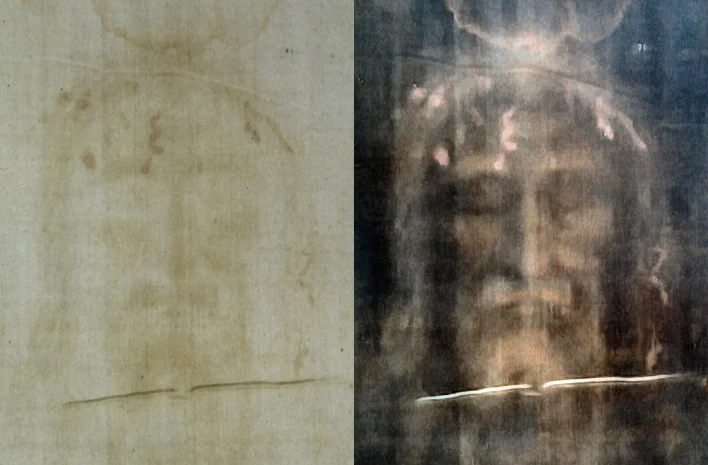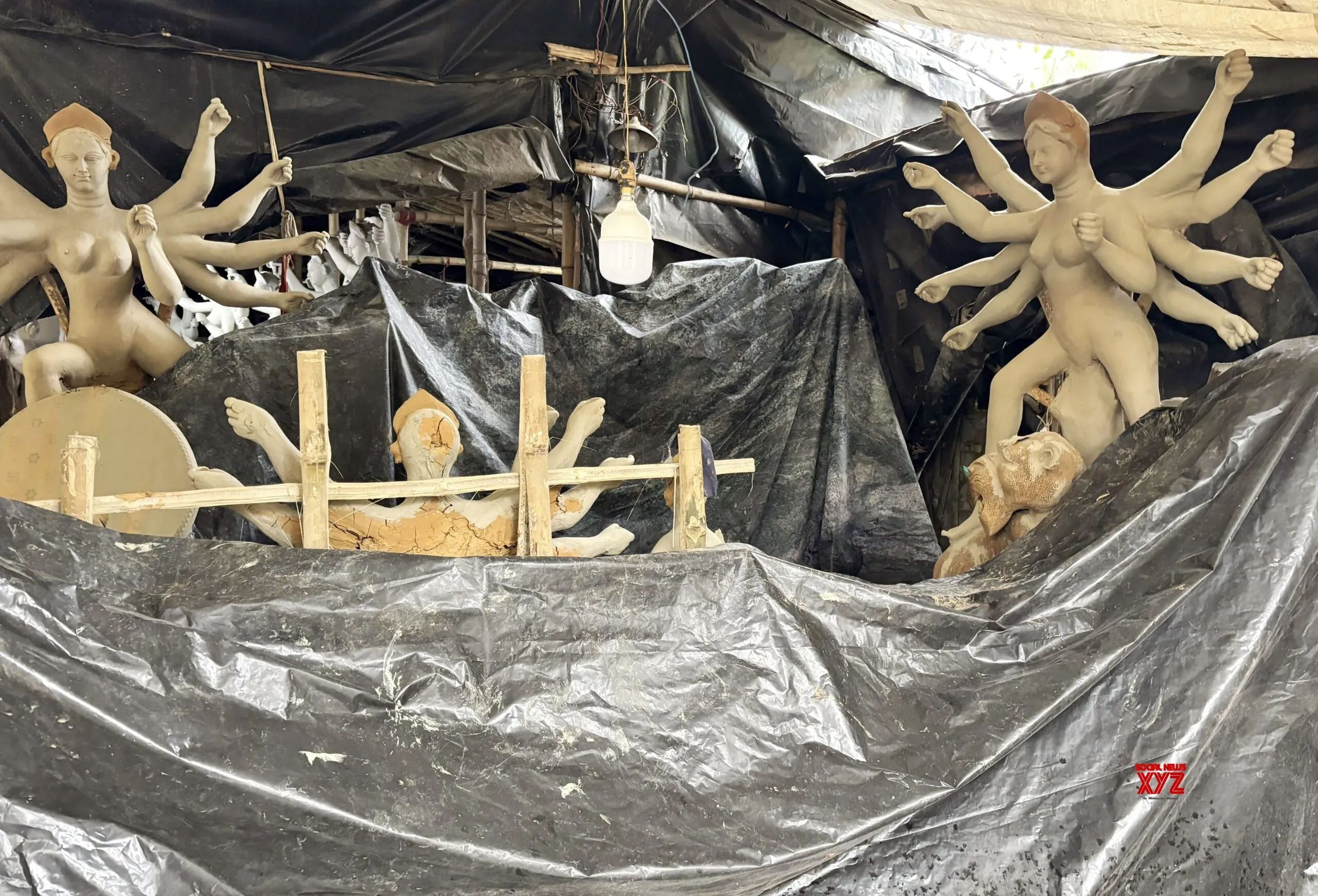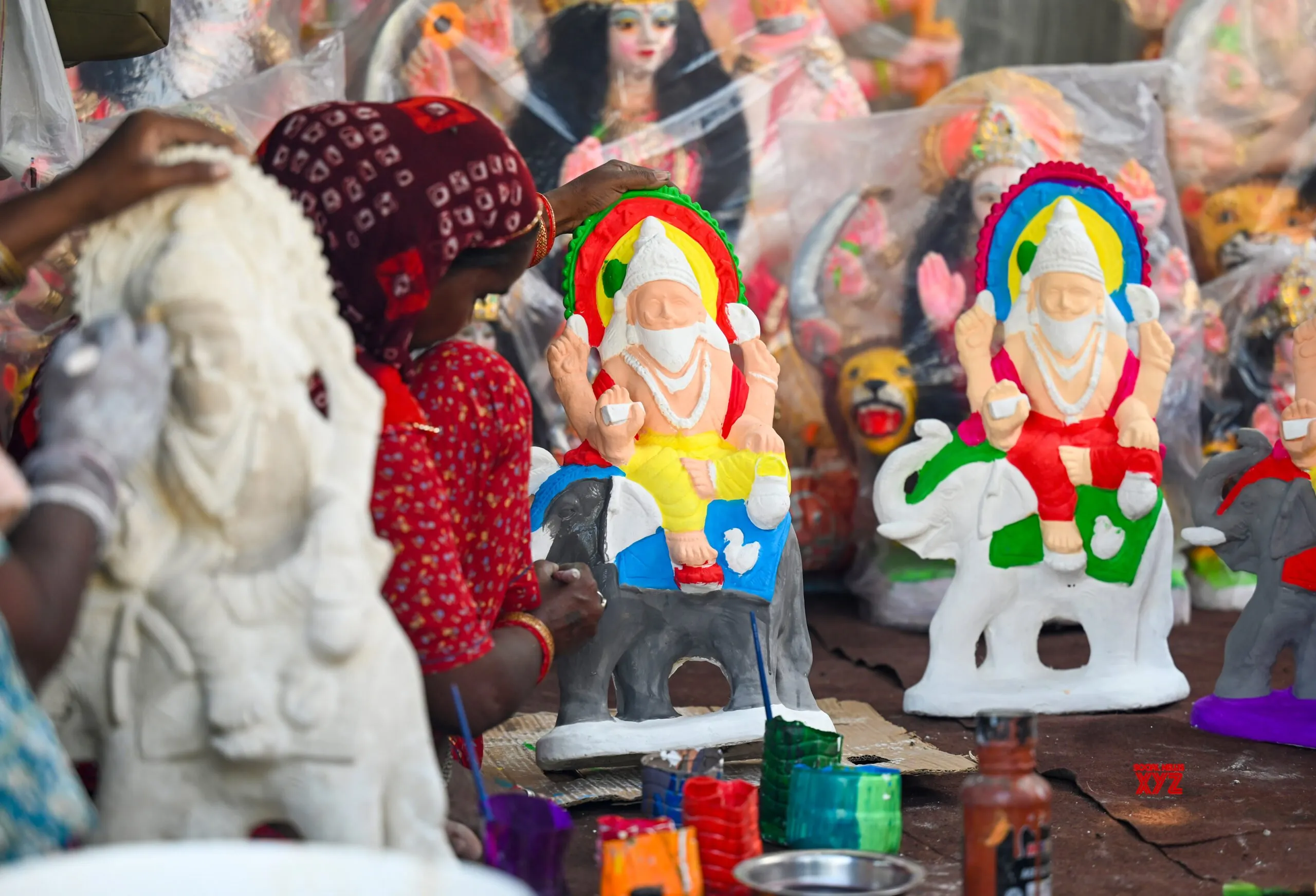By Joseph Shavit
Copyright thebrighterside

For more than six centuries, a mysterious cloth known as the Shroud of Turin has stirred fascination, devotion, and heated debate. The fabric bears the faint image of a man’s body, complete with what appear to be bloodstains. Many have believed it to be the burial shroud of Jesus Christ. Yet from its earliest days, others dismissed it as a clever hoax.
A newly highlighted piece of writing from the 14th century suggests those doubts surfaced even earlier than historians once thought. French philosopher and theologian Nicole Oresme, remembered as one of the great thinkers of the Middle Ages, bluntly described the Shroud as a fraud long before the church issued any caution about it. His forgotten words add a striking new voice to one of history’s most enduring controversies.
The discovery comes from research published in the Journal of Medieval History by historian Nicolas Sarzeaud of the Université Catholique of Louvain. While reviewing Oresme’s writings, Sarzeaud found a passage written between the 1370s and the early 1380s. In it, Oresme warned readers not to accept miracles or relics as true simply because “good people,” even priests, testified to them. He accused clergy of deceiving believers for money and pointed directly to the famous shroud in Champagne, France, as a prime example.
“I do not need to believe anyone who claims: ‘Someone performed such miracle for me,’” Oresme wrote, “because many clergymen thus deceive others, in order to elicit offerings for their churches. This is clearly the case for a church in Champagne, where it was said that there was the Shroud of the Lord Jesus Christ, and for the almost infinite number of those who have forged such things, and others.”
Those words predate the earliest known official denunciation of the Shroud. Until now, historians pointed to Bishop Pierre d’Arcis’s 1389 letter as the first written rejection. Oresme’s comments push that timeline back by at least a decade.
The Shroud first appeared in the small town of Lirey in the mid-1350s, displayed by French knight Geoffroy I de Charny. After his death, his family continued to show the cloth, drawing pilgrims and stirring both devotion and suspicion.
By 1389, the object had attracted enough attention to reach Pope Clement VII. In his cautious statement, the pope avoided declaring the shroud genuine. Instead, he called it a “representation” of Christ’s burial cloth, a choice of words that sidestepped outright endorsement. But Oresme’s earlier writing reveals that skepticism had already circulated widely.
Oresme’s attack on the Shroud wasn’t simply about one relic. It was part of his broader effort to defend faith from fraud. He was deeply concerned about what he saw as a flood of forgeries—holy objects, miracle stories, and visions that misled ordinary people. His writings often stressed the need for careful reasoning and trusted sources, rather than blind acceptance of rumor.
“What makes Oresme’s writing stand out,” Sarzeaud explained, “is his attempt to provide rational explanations for unexplained phenomena, rather than interpreting them as divine or demonic.” Oresme even graded witnesses based on their credibility, warning against the dangers of gossip.
This rational approach was unusual for his time. Relics brought not just spiritual meaning but also money and prestige to churches. Questioning them was risky. Yet Oresme’s words show that intellectuals of the 14th century were already challenging claims that seemed too good to be true.
The Shroud’s early history is marked by repeated investigations. Henri of Poitiers, Bishop of Troyes, examined the relic in 1355–56, only a year or two after it first appeared. His inquiry reflected doubts about where the cloth had come from. Decades later, Pope Clement’s letter underscored the tension between popular devotion and the church’s desire to control false practices.
For Oresme, the motives behind relics were clear. Clerics used them to draw pilgrims and offerings. While many believers saw the Shroud as proof of Christ’s suffering, he saw it as evidence of human deceit. His stance made him part of a growing intellectual tradition dedicated to exposing false relics.
Modern science has also cast serious doubt on the Shroud’s authenticity. Radiocarbon dating of the linen in 1988 suggested the cloth originated between 1260 and 1390, centuries after the time of Christ. More recently, researchers using 3D modeling argued that the imprint could not have been made by a human body. Though some have questioned the precision of the carbon dating tests, most scientists agree the evidence points to a medieval origin.
Professor Andrea Nicolotti, an expert on the relic, said the rediscovery of Oresme’s text adds to the weight of historical skepticism. “This provides further historical evidence that even in the Middle Ages, they knew that the Shroud was not authentic,” he explained. “The other technological and scientific evidence, which points in the same direction, remains unchanged.”
Oresme’s courage is even more striking when placed in the context of his time. The 14th century was marked by the Black Death, ongoing wars, and widespread mistrust of institutions. Relics promised hope and comfort. To denounce one so publicly risked alienating both religious leaders and ordinary believers.
Yet Oresme was no enemy of faith. His criticisms aimed to strengthen devotion by stripping away fraud. He believed that true belief should rest on reasoned judgment, not on manipulation. His words remind us that skepticism and faith were not opposites in the Middle Ages but often worked together.
By unearthing Oresme’s denunciation, Sarzeaud’s study reshapes the history of the Shroud. It shows that doubts weren’t a modern invention. They were present almost from the very beginning, voiced by respected scholars who valued truth over profit.
The rediscovery also highlights a timeless theme: the need to question extraordinary claims. Just as Oresme urged his readers to think critically about relics, people today grapple with misinformation in many forms. His words serve as a reminder that demanding evidence and resisting deception are not modern habits but age-old strategies for protecting truth.
The rediscovery of Oresme’s words deepens understanding of medieval debates about faith and fraud. For historians, it shifts the timeline of skepticism about the Shroud of Turin and reveals how quickly critical voices spoke up. More broadly, it highlights the enduring importance of questioning authority and demanding evidence.
Just as Oresme worked to shield his contemporaries from exploitation, modern readers can draw inspiration from his intellectual courage. His example reminds us that protecting truth strengthens both reason and belief.
Note: The article above provided above by The Brighter Side of News.
Like these kind of feel good stories? Get The Brighter Side of News’ newsletter.



